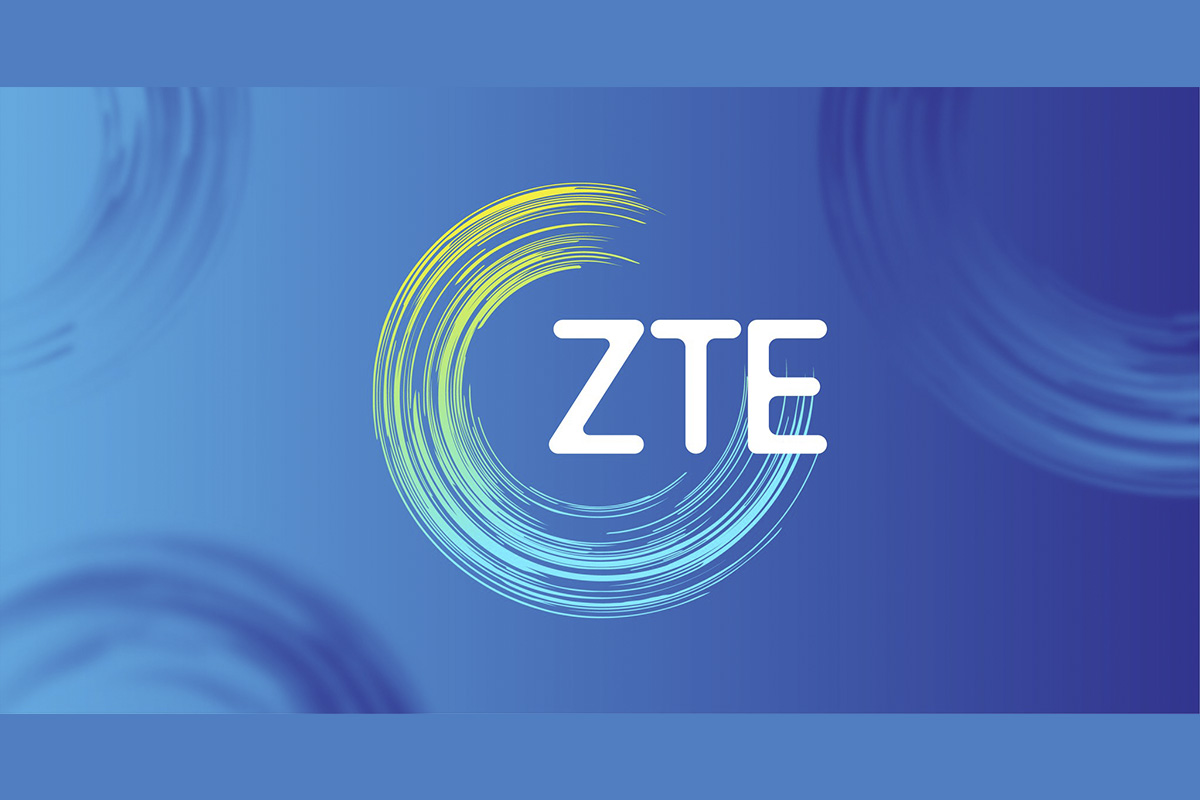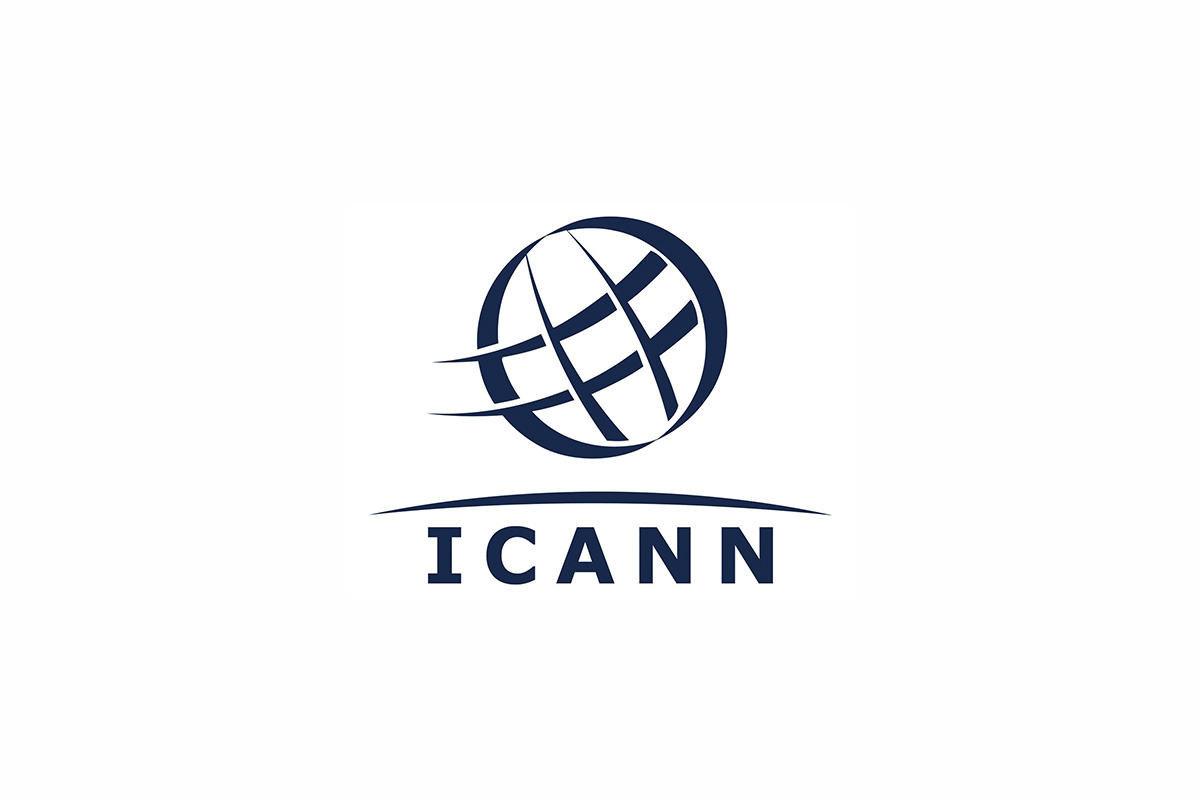
Fingerprint sensing is one of the prominent access control methods which has gained immense popularity in recent times. The fingerprint sensor belongs to the family of sensors that are used in a fingerprint detection device for authentication and recognition.
These sensors are mainly inbuilt into a fingerprint detection module and it is used for the safety of personal computing devices, access, and data. The major features of fingerprint sensors include better performance, accuracy, and validity based on absolute fingerprint biometric technology.
According to Ken Research estimates, the Global Fingerprint Sensor Market – which was valued at US$ ~3 Bn in 2017, is estimated to reach the US $5 Bn in 2022 – and is expected to grow further into a more than US$ 9 Bn opportunity by 2028.
Ken Research shares 3 key insights on this high opportunity market from its latest research study.
1. Increase in the Adoption of Biometric Fingerprint Sensors has boosted the market.
The Global Fingerprint Sensor Market is expected to witness stable growth during the forecast period 2022-2028 primarily due rising adoption of biometric fingerprint scanners for accurate identification, faster access, and higher security.
Furthermore, post the COVID-19 pandemic, the Fingerprint Sensor Market gained pace due to increased penetration of smartphones which created better opportunities for new entrants as well as established players in the studied market.
Fingerprint sensors have been serving as a primary security phase in smartphones. Even though iris scanners and facial recognition sensors are taking up the pace, their higher cost encourages various enterprises to stick to fingerprint sensing only. Moreover, in certain cases, facial recognition has proven more vulnerable than fingerprint sensing.
Interested to Know More about this Report, Request a Free Sample Report
2. The Rising Adoption of Smartphones is Driving the Fingerprint Sensor Market
The earliest application of fingerprint sensors in smartphones was by Toshiba in 2011. The adoption of Smartphones is expected to increase to 85% by 2025 from 81% in 202. According to Global System for Mobile Communications Association (GSMA) which is expected to create more opportunities in the studied market. In 2021, Fingerprint Cards AB launchedFPC1553, which is the company’s third-generation slim, side-mounted capacitive touch sensor. This is fused in the Honor X40i, Moto g32, and Vivo Y77 smartphones. The FPC1553 is the latest output of their continuous development in the capacitive segment of fingerprint sensors for smartphones.
With fingerprint scanners, various banking and government-based mobile applications allow transactions via mobile phone only by authenticating fingerprints. For instance, the Federal Bureau of Investigation (FBI) depends on its partnerships with tribal, state, local, and federal agencies t o collaborate on the development of important programs such as the Next Generation Identification (NGI) systems and the National Crime Information Center (NCIC).
3. High Cost Involved in the Development of Biometric Sensors is Affecting the Fingerprint Sensor Market’s growth
The growth of the fingerprint sensor market is hampered by several factors that include cost and substitute products. Although fingerprint sensors are used as a primary authentication device in various banking and government facilities, the high cost that is involved in the development of various biometric sensors is challenging to afford for everyone. Hence it affects the market demand globally. The high production cost of raw materials is another important factor that prevents the market growth of the fingerprint Sensors Market Globally.
According to Bayometric, a global supplier of fingerprint scanners, single sign-on solutions, and access control systems, on average, fingerprint readers/sensors are priced anywhere from $50–$2,500 each depending on the certifications, brand, type of sensor, etc
Visit this Link:- Request for custom report
Market Taxonomy
By Type
- Optical
- Capacitive
- Thermal
- Ultrasonic
By Application
- Smartphones/Tablets
- Laptops
- Smartcards
- IoTs
- Others
By End-User Industries
- Consumer Electronics
- Travel and Immigration
- Government and Law Enforcement
- Military
- Others
Request free 30 minutes analyst call
By Region
North America
Europe
- Germany
- UK
- France
- Italy
- Spain
- Rest of Europe
Asia Pacific
- China
- Japan
- India
- Australia
- South Korea
- Rest of Asia Pacific
LAMEA
- Latin America
- Middle East
- Africa
Key Players
- Fingerprint Cards AB
- Egis Technology.
- Vkansee Technology Inc.
- Synaptics
- Apple Inc.
- CMOS Sensor Inc
- Goodix
- Touch Biometrix
- Q Technology
- Thales
- Idemia
- Qualcomm Technologies, Inc
For more insights on market intelligence, refer to the link below: –
Global Fingerprint Sensor Market
Related Reports by Ken Research
Mexico E-commerce Market Outlook to 2027F By Type of Product (Electronics, Fashion, Furniture, Food, Health and personal care, Toys and Others), By Geography (Domestic, Cross-border), By Payment Method (Card, Cash, Bank Transfer, Digital wallet and Others), By Sales Channel (Online, Offline)
According to Ken Research estimates, the Mexican e-commerce market – which grew from approximately ~% in 2017 to approximately ~% in 2022P – is forecasted to grow further into ~% opportunity by 2027F. The Mexican E-commerce market contributed to a global growth rate of ~%. The Latin American e-commerce market has recorded robust growth over the last few years, offering exciting opportunities for online retailers across various sectors. International companies seek to increase their global footprint and stake a claim in the expanding Mexican e-commerce industry, increasingly targeting Mexico.
Kenya Data Center Market Outlook to 2027F Growing Demand from SMEs, Rising Internet Penetration Rate and Rising Number of Facilities to Drive the Kenyan Data Center market in the near future
According to Ken Research estimates, the Kenya Data Center Market – which grew from approximately USD ~30.0 Mn in 2017 to approximately USD ~50.0 Mn in 2022 – is forecasted to grow further into USD ~130.0 Mn opportunity by 2027F, owing to the improvement in network connectivity, government support, and rapid growth in the adoption of big data, and IoT services. Africa Data Centers, is strongly expanding in Nairobi, Kenya by launching new data centers. Kenya has 46 internet users per 100 and the connectivity ecosystem is made up of 10 colocation data centers, and 19 cloud service providers.
North America Healthcare Blockchain Market Size, Segments, Outlook, and Revenue Forecast 2022-2027 by Application (Supply Chain Management, Claims and Billing Management, Patient-Centric Health Data, and Others), Deployment (Public, Private, Hybrid, and Consortium), Provider (Infrastructure & Protocol Provider, Middleware Provider, and Application & Solution Provider), End User (Hospitals, Clinics, Diagnostic Laboratories, Pharmaceutical Companies, Medical Device Companies) and Major Countries (USA, Canada, and Mexico)
According to Ken Research Analysis, the North America Healthcare Blockchain Market is expected to witness strong growth of around 70% CAGR over the next five years (2022-2027). Security and privacy breaches in the medical industry in 2017 accelerated the demand for the adoption of blockchain in the healthcare sector to reduce risks against cyberattacks and fraud. The ongoing Covid-19 pandemic has benefited the Healthcare Blockchain market resulting in the growth of the overall market by exacerbating the trend toward the adoption of blockchain technology in the healthcare sector. Blockchain in the healthcare sector is not only used for the exchange of the data of patients with hospitals, pharmacy firms, laboratories, and physicians but also helps in improving data security & accuracy, cost reduction, increasing transparency, and tracing of products.
India Semiconductor Market Outlook to 2027: Driven by increasing demand by end user industries and increasing adoption for smart devices
The market size is expected to grow at a five-year CAGR of ~20% by 2027. With the growing demand by end user industries such as industrial machinery, automobiles, telecommunication equipment, office automation, among others for computing purposes is expected to accelerate the growth of the semiconductor market in the coming years. With internet penetration expected to reach 900 million users in the next few years from 622 million users in 2020, there will be an increasing adoption of smart devices, hence, contributing to the semiconductor market growth.
Follow Us –
LinkedIn | Instagram | Facebook | Twitter | YouTube
Contact Us:-
Ken Research Private Limited
Ankur Gupta, Director Strategy and Growth
[email protected]
+91-9015378249
Logo: https://wireup.zone/wp-content/uploads/2023/06/localimages/Ken_Research_Logo.jpg

SOURCE Ken Research



 (JCR)
(JCR)



 and CompuMark
and CompuMark




